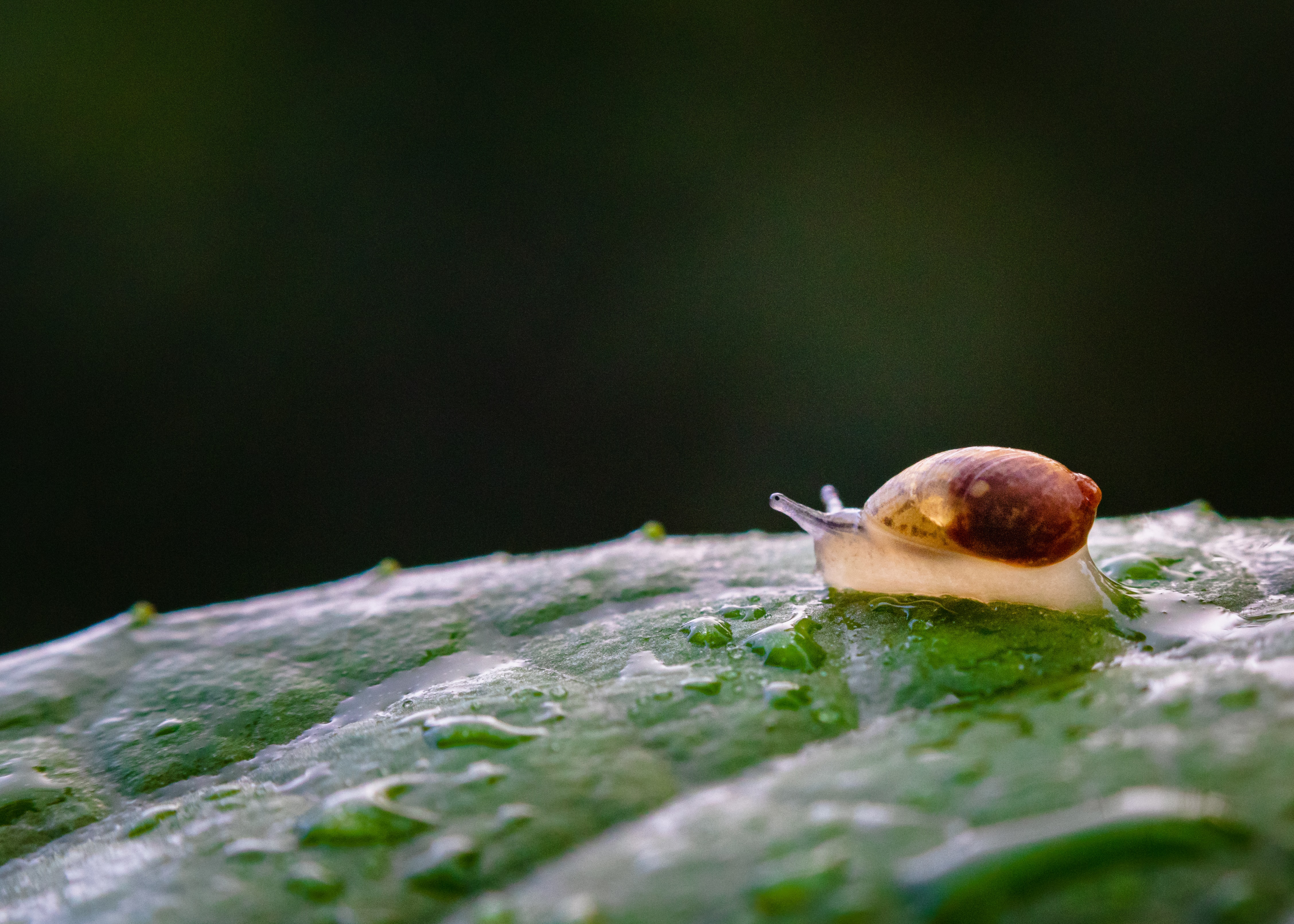 Photo by Greg Rosenke
Photo by Greg Rosenke
Schistosomiasis
by CCA iGEM
Schistosomiasis is a devastating disease that affects more than 240,000,000 people worldwide and causes more than 200,000 deaths per year. However, it is often overlooked and not well known in first-world countries. There are limited resources for those affected to treat the disease before it kills them, and limited research to stop the disease from spreading in the first place.
Our team, CCA_San_Diego, is focusing on this neglected tropical disease this year because we are shocked at the lack of attention that it receives. In addition to developing a solution to minimize Schistosomiasis transmission, we decided to create a PSA website to raise awareness to not only encourage future solutions, but also to empathize with those affected by this harmful disease.
Overview
Schistosomiasis, alternatively Bilharzia, is a parasitic neglected tropical disease (NTD) caused by flatworms of the genus Schistosoma. Schistosomiasis affects an estimated 240 million people globally, most concentrated in impoverished regions with minimal access to healthcare and poor public sanitation. Cases have been reported in 78 countries, with over 700 million individuals living in high-risk areas.
The onset of disease is caused by the parasitic larvae penetrating the skin and settling within blood vessels and nearby tissues. Although those with Schistosomiasis exhibit mild symptoms at first, if left untreated, the disease may lead to organ failure and eventual death in severe cases.
Schistosomiasis, during active infection, is most typically diagnosed through detection of parasitic eggs in a fecal or urine sample. When the physical eggs are difficult to detect—often in cases of acute infection—a serological or immunological antigen test may be used instead. Praziquantel, the standard antischistosomal drug with relatively high success rates, fails to provide long-term immunity to schistosomiasis or prevent reinfection. Such issues, coupled with a growing concern of snails developing drug tolerance towards praziquantel, highlight the urgent need to develop new treatments for schistosomiasis.
A full eradication of schistosomiasis depends on large-scale efforts to reduce water contamination, increase sanitation and health care, and implement preventative treatments to all at-risk groups. Since many socioeconomic inequalities and barriers are present in achieving this, schistosomiasis has become a pressing issue within global health agencies.
Spread and Symptoms
Despite many species of parasitic worms classified under the genus Schistosoma, the main species responsible for the disease in humans are Schistosoma haematobium, S. japomicum, and S. mansoni, and less prevalent, S. intercalatum and S. mekongi. Schistosomiasis spreads through the larvae and is released from species of freshwater snails in tropical regions such as Africa. The larvae multiply in the host, growing into adult schistosomes that lay eggs inside the body. It is transmitted to other people and animals when the parasite's eggs are excreted through the host's urine and feces, which then hatches in water. The eggs that are not passed out of the body enter body tissues, harming organs and the immune system. This parasite can linger in the body for years and cause severe organ damage. Because of the way Schistosomiasis is spread, it is the most prevalent and deadly in areas with poor sanitation and wastewater treatment. These parasites infect people by traveling through unfiltered water, or people come in contact with them by swimming in lakes or rivers.
A portion of people with Schistosomiasis do not experience any symptoms but a common symptom of the disease are red bumps that appear on the skin. In more mild, acute forms of the disease, infected individuals may experience abdominal pain, diarrhea, blood in urine (haematuria), lethargy, and fever. When the infection becomes chronic and untreated, the schistosome eggs may become embedded in tissues and compromise organ function. This includes advanced liver damage and enlargement, lesions in the urinary tract, and permanent infertility. Because of the various pathologies, schistosomiasis must be treated at an earlier stage to prevent long-term organ damage, and even in extreme cases, death.
Impact
Schistosomiasis is estimated to have affected around 236 million people across the globe. 700 million people are at risk simply by living in these dangerous conditions, so deadly that around 200,000 deaths occur each year. Despite its large-scale impact, Schistosomiasis and its causes are not known by many people worldwide. As the disease commonly occurs in third world countries, not much research is done. Whilst the symptoms are known and curable, millions do not have access to these treatments.
Schistosomiasis' ability to induce many symptoms that require additional treatments, such as organ failure and joint pain, makes it financially significant to impoverished communities lacking access to healthcare services. In Brazil, for instance, the total cost of schistosomiasis was $41.7 million in 2015 with 94.61% being added costs due to symptom treatment.
The many side-effects and symptoms of Schistosomiasis have the potential to cause long-term damage and effects in patients (especially children) including growth retardation, organ dysfunction, and a reduced ability to learn. These changes, sometimes incurable, may result in compounding socioeconomic harm to the afflicted patient's immediate family and community, as well as to themselves.
iGEM, short for International Genetically Engineered Machine, is a synthetic biology competition for high schoolers, undergraduates, graduate students, and entrepreneurs, in which teams develop SynBio solutions to problems in today's society. Students work to display their leadership, interest in the community, inclusivity, and entrepreneurship.